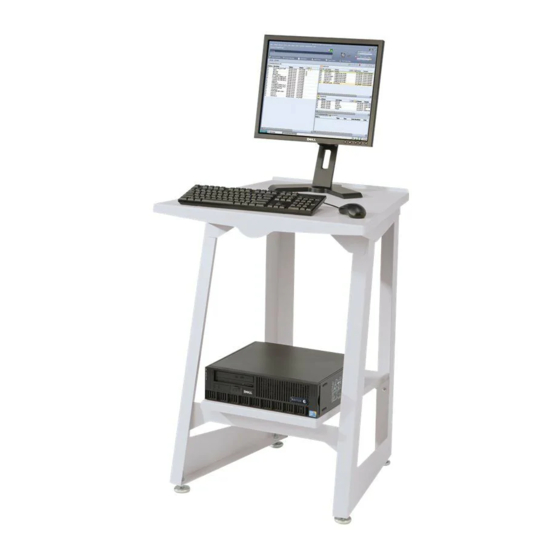•
Shared Memory Space: The Shared Memory Space setting indicates the size of the shared
memory segment that will be used by internal Xerox FreeFlow® Print Server IPDS components.
Shared memory space ranges from 16-1024 MB. The default value is 64 MB for monochrome
printing systems, and 128 MB for color printing systems.
Note
Setting this value too high can cause problems by making it difficult for some system
components to obtain enough memory, while setting the value too low can reduce system
throughput. Some fine tuning may be necessary to find the best value for this setting for your
application or installation.
•
Job timeout: Job timeout is selectable from 1-60 seconds, with the default of 10 seconds. If no
communication is received from the host during the entire length of the specified timeout period,
the job will end.
•
Printer Model: The IPS manager System Configuration dialog enables you to choose between
several IBM Group 3 printer models. The available printer models are:
•
3812
•
3825
•
3827
•
3935
Any four-digit value may be entered in the text box; however, Xerox FreeFlow® Print Server IPDS
will only function in accord with IPDS Group 3 printer protocols, regardless of the stated printer
model number. This printer model selection is used to allow the system programmer or
administrator at the host to identify the system to the host as if it were a particular IBM printer.
•
Legacy Mode: When legacy mode is disabled, Xerox FreeFlow® Print Server IPDS informs the host
at startup that it supports container objects in home state (i.e., between jobs). Certain hosts,
including the RS 6000 with Print Services Facility (PSF) 2.1, and OS2 with PSF 2 version 2.1, do not
support object containers and report object container support as an error condition. These hosts
will not communicate with Xerox FreeFlow® Print Server IPDS unless legacy mode is enabled.
•
The Disable End of Job feature improves performance for a series of short jobs. Although IPDS job
boundaries are still recognized when this feature is in use, the print server Job Manager does not
process the jobs individually. Eliminating the job management overhead can save a substantial
amount of time for each job, when performance is a consideration. However, employing the
Disable End Of Job feature does prevent the print server from adding its own banners to a job and
from tracking jobs individually in the Job Manager.
Expiration of the End of Job time-out will cause the print server to recognize the end of an IPDS
job, even when Disable End of Job is active.
Changing and saving the system configuration by clicking the OK button requires the IPDS Gateway to
inform the host regarding the changes. This should be done while the printer is not processing any
IPDS jobs. If changes are saved while an IPDS job is printing, the job will be interrupted and the host
will either restart the job or continue the job from the last checkpoint, which could result in duplicated
pages. This is expected behavior. Unless the job must be interrupted to make use of the new settings,
changes should only be made while the printer is idle.
Using the Xerox FreeFlow® Print Server IPS Manager
Xerox FreeFlow® Print Server
IBM® IPDS User Guide
3-3

